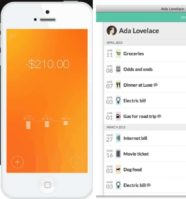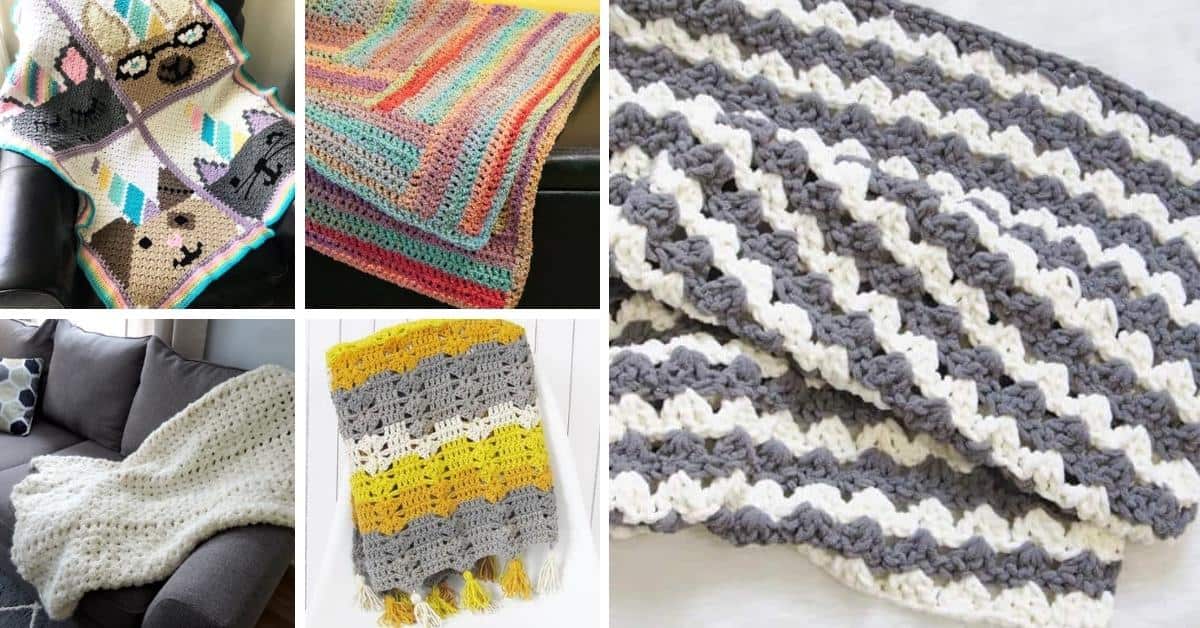

Frugal living is a lifestyle that’s been around for ages but is getting lots of attention now thanks to personal finance blogs.
Often misconstrued as cheap or restrictive, frugality isn’t always portrayed accurately.
But frugal living is taking over because it’s not only an incredible way to save money and gain control over your finances, but it’s also an amazing way to become a more mindful consumer.
So, whether you’re trying to change the way you consume or save more money in order to put it towards large financial goals like building up savings, paying off debt, or saving up for a down payment, these 13 best frugal living tips will set you off on the right track.
Meal Prep
This is one of the simplest frugal living tips, but it has a big impact. One of the biggest extraneous expenses is eating out. It isn’t cheap, especially if you live in an urban area.
Buying lunch out alone can cost an average of $15 per day, which is over $100 per week!
The best way to save all that cash for better uses like paying off debt or saving up for long-term financial goals is to cook at home more frequently.
Buying meals out can become a habit, which desensitizes you from the fact that you’re bleeding money.

Morning coffee runs, spontaneous lunch excursions with co-workers, and exhaustion after work can all tempt you into spending unnecessary amounts on eating out.
Planning your meals out for the week leaves little room for temptations. Cooking ahead of time and freezing or storing leftovers for future meals can help you stay on track and save a significant amount of money.
Bring leftovers for lunch, brew your own coffee most days, and store prepared meals in the freezer for quick rewarming after work when you’re too exhausted to cook from scratch.
Having a weekly meal plan will also help you create a grocery list that you can stick to which eliminates spontaneous spending.
Eliminate Subscriptions
Okay, you don’t need to eliminate all subscriptions, of course. When everything is a click away from signing up, it isn’t difficult to rack up a lot of subscription charges.
A few times a year I like to go through my emails and subscriptions to make sure that I’m not paying for anything that I no longer use.
I like to make sure that the utility of a subscription justifies its cost.
For example, I used Netflix almost daily so it’s a subscription well worth the cost. However, I’ve surprised myself with some things I’m still paying for but don’t really use at all.
Subscriptions like Justfab even charge you a monthly fee if you fail to manually “skip a month” even if you don’t make a purchase. That’s money being thrown into the wind when you could be saving it for keeps.
Negotiate Bills
Cable and phone companies are surprisingly amenable to negotiating prices with you with just a little persistence on your part.
Negotiating can take a little time investment. You can expect to have to invest time on the phone.
The incredible success of streaming hasn’t been lost on cable companies and negotiating your monthly payments can help you reduce your costs.
Give your cell and cable providers a call to try and negotiate a lower cost. Be polite and be confident and you just may be on your way to negotiating some helpful savings.
Buy Used
When shopping for clothes, cars, or other items, consider buying used. Thrift stores, garage sales, and online stores like Poshmark are all great ways to find diamonds in the rough.
So many items are discarded that buying new can not only be expensive but also wasteful.
Frugality isn’t just about saving money. It’s also about consuming mindfully and reducing wastefulness.
That’s why buying used is a good frugal living tip staple. It’s better to invest in good quality items rather than buy many cheaper-made products.
For example, if you need a good pair of shoes or jeans, it’s better to invest than to buy 5 trendy tops from Forever 21 that may or may not shrink up the first time you wash them.
For trendy clothes and other items, check thrift stores, Goodwill, or sales. Oftentimes, people donate great brands.
Buying used helps match you with an item that’s new for you, but less costly than buying brand new.
Repurpose
The gravity of just how much we waste really hit me when I went to college. At my school, the majority of the students moved apartments every year or two rather than stay in one spot for all four years.
It turns out that throwing away items that were less than a year old was customary for many of the students at my school. Every moving week, I’d see hundreds of students dragging furniture of all kinds out to leave by the dumpster.
Throwing items out was faster than selling or donating the items, or storing them for the summer.
The real kicker was that when school was back in session post-summer, many returning students bought brand new versions of what they had thrown out just months before.
It seemed like an expensive trade for saving a little time and effort.
So often, we’re tempted to throw out things that are perfectly functional but are out of style. We’re encouraged to consume the newest versions of everything (I’m looking at you, iPhone).
Repurposing the items you have will bring them up to trend while saving you money and helping prevent unnecessary waste.
Spray paint your lamps and tables or refinish bar stools with new fabric. There’s no need to discard items when it’s often cheaper and more environmentally friendly to repurpose and reuse.
DIY
Those college moving weeks were a gold mine for those of us who were thrifty. I ended up furnishing a good portion of my room from secondhand discarded items. My nightstand, desk chair, lamps, and gorgeous white dresser were all lovingly plucked out of the discard pile at my apartment complex.
Granted, the nightstand was an awful shade of brown and didn’t match anything in my room, and my dresser had seen better days.
So, I had a DIY day and repainted my dresser with a fresh coat of white and bought some inexpensive (but cute) dresser knobs to replace the boring black ones with.
I stained the nightstand a darker shade of brown to match my bedframe and spray painted the drawer gold for a pop of trendy color.
By repurposing the discarded furniture and DIY-ing them to fit in with my aesthetic, I was able to create an adorable apartment for a fraction of the cost.

DIY projects, from crafts to furniture to gardening, are great ways to save money if you’re willing to invest a little time.
Get Cash Back
When you purchase items, make sure that you’re using a rewards program that earns cash back.
Whether you’re shopping online or using a credit card, there are a bunch of different programs that will earn you a certain percentage of cash back on your purchases.
Do your research and compare credit cards to try and get the card with the best cash back for your purchases without annual fees. If you’re shopping online, there are a lot of apps that you can shop through for additional savings like Ebates or Honey.
If you need to shop, you might as well earn while you do it.
Bike or Carpool
If you live in an area that’s accessible by biking, consider switching to ride a bike on your commutes. Not only will it save you gas money, but it’s also environmentally friendly.

If you aren’t a cyclist or your commute is far too long to bike every day, consider carpooling with a friend or co-worker. You’d be surprised at how much you save on gas by splitting your regular commute.
If you live in a public transport-friendly area, that’s a great route to consider too.
Be a 1-Car Family
Opening yourself up to using alternative transportation methods such as bikes, carpool, or public transport can help you downsize your need for multiple cars in the family.
Gas, maintenance, and car insurance on one car alone is pricey, let alone multiple vehicles.
Save on costly insurance and maintenance by switching the one car. Often, it only takes some regular planning with other members of your family and is a great way to live frugally.
Use a Cash Budget
When you’re living frugally, you always need a budget of some sort. Budgets help you plan and assess your financial circumstances so that you can identify areas in which you can reduce spending.
However, a cash budget, in particular, may be helpful if you’re trying to create positive spending habits.
A cash budget is when you withdraw a certain amount of cash each month for all of your expenses. You then divide that cash among different envelopes. For example, I’d allocate $250 for groceries, $100 for transportation, etc.
Then, once you’ve spent all the money in your envelope for a category, you simply can’t spend any more.
Using cash instead of cards can help you be more mindful of how much you’re spending because each transaction feels more tangible when you use physical cash rather than a card.
Plan For The Future
What separates someone with a frugal mindset from others is that they focus on their future goals rather than the immediate.
That isn’t to say you need to deprive yourself of necessities. That isn’t what frugal living is about. But, living frugally is about asking yourself, “do I need this?”
Think of the money you save now as a perk for your future self rather than as a restriction on your present self.
Living frugally allows you to put more money towards your future, long-term financial goals, so planning for the future will help keep you motivated and on track.
Go On a Spending Freeze
This frugal living tip is more like a fun challenge.
Money challenges are great ways to make financial planning fun. A money challenge like a spending freeze is a perfect way to motivate yourself and see just how much self-control you really have.
A spending freeze is when you stop spending on anything that is absolutely non-essential.
This includes things like entertainment, miscellaneous purchases, beauty, snacks/eating out, etc. You can’t very well refuse to spend on essential categories like your rent or car payment—we don’t want any credit hits.
So many people spend more than they earn, so challenging yourself to a spending freeze can help you save money and realize that spending on certain things should be treats and not habits.
Plan out your spending freeze in advance. Start small with 3 days or a week and then gradually challenge yourself to go longer and longer.
Track your savings and by the end, you’ll be pretty amazing at how much you’ve saved simply by putting a pause in spending on a few categories.
The awesome thing about the personal finance community online is that there are bunches of bloggers who host huge spending freeze challenges that you can join for live updates and support during your own challenge.
Buy In Bulk
Oftentimes bulk purchases are cheaper per item than buying something one by one.
Costco or Sam’s Club memberships really are worth their weight in gold for the savings alone. But if you don’t have a membership or one in your area, look out for bulk deals at Target or the grocery store.
Bulking up on items you know you’ll need in the future when an opportune sale arises is a great way to save overall.
That isn’t to say that you should buy a bulk pack of mayo if you average a jar a year, but for items like toilet paper, toiletries, and certain food staples, bulking up is the way to go.
These frugal living tips are the first step towards embracing a frugal lifestyle that doesn’t feel restrictive.
Frugal living should feel empowering, not confining, so use these frugal living tips as stepping stones to creating a frugal lifestyle that works for you!
Want more money wisdom? Don’t miss 20 creative ways to save money.

























Ivy Brown
May 6, 2021Wonderful tips. I quit my gym membership and do all my yoga at home